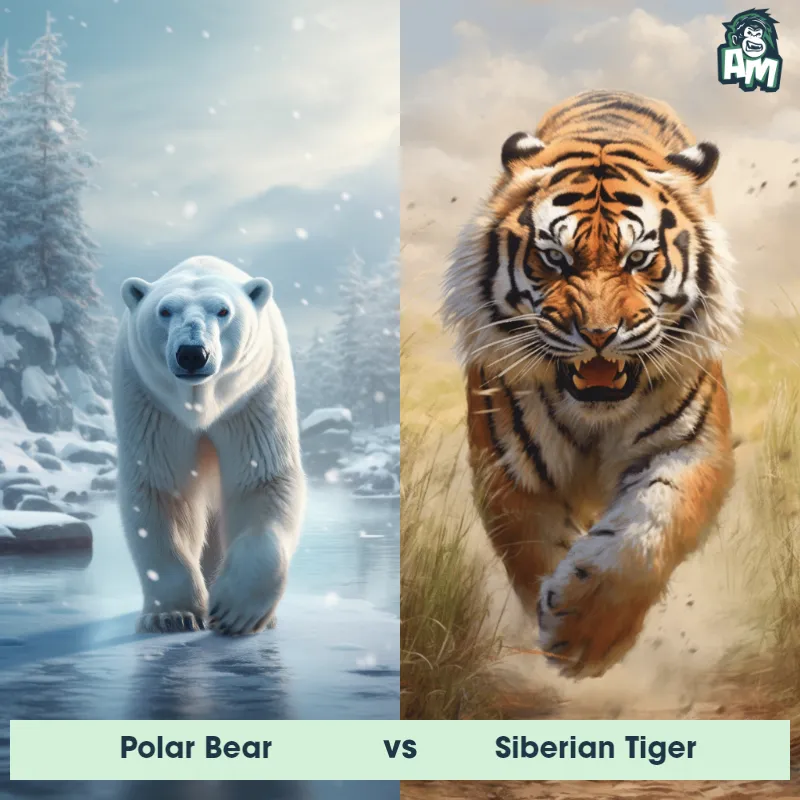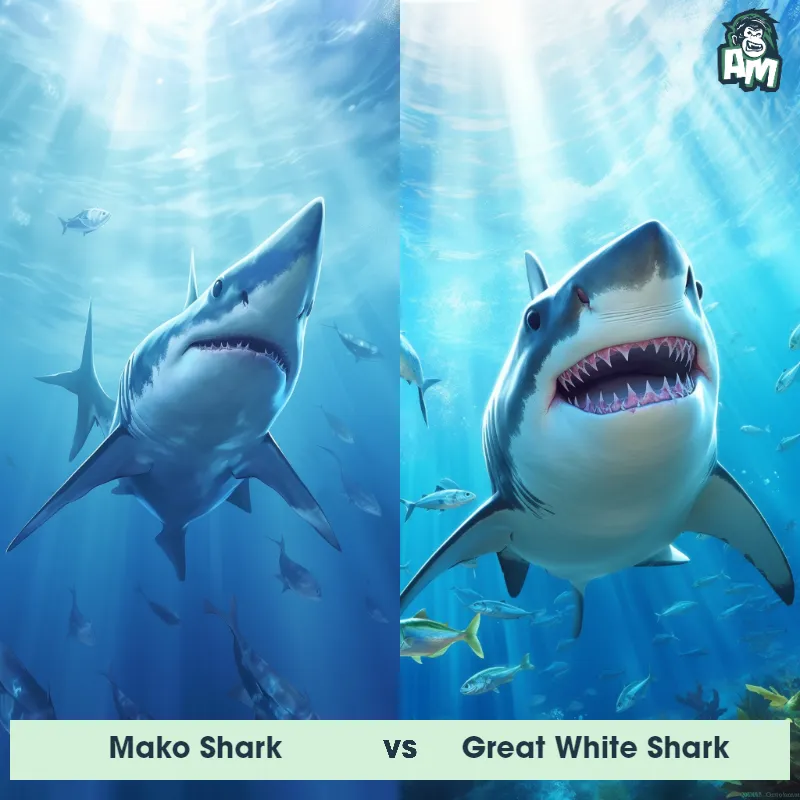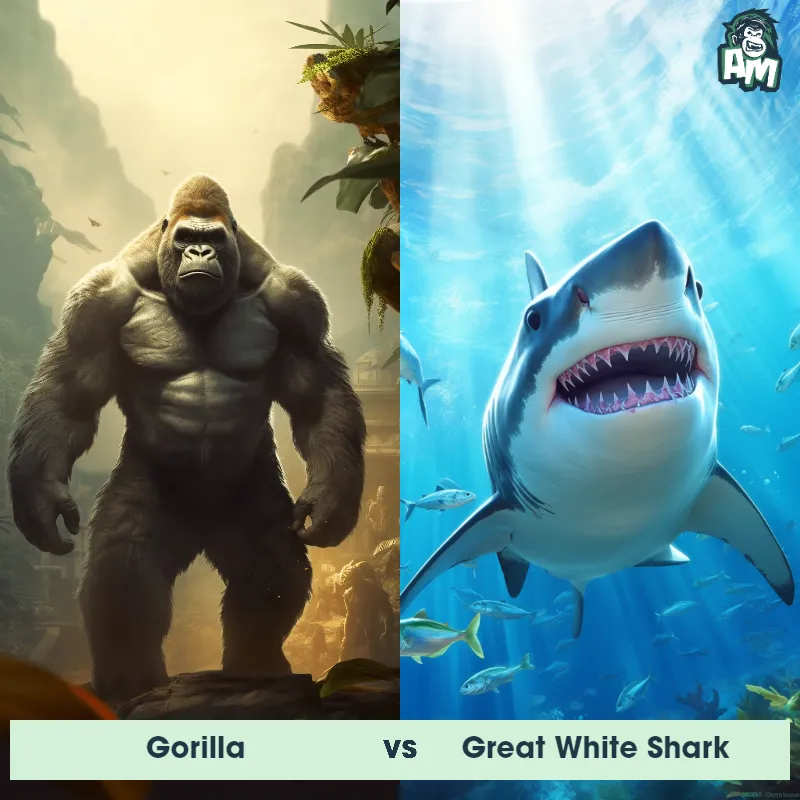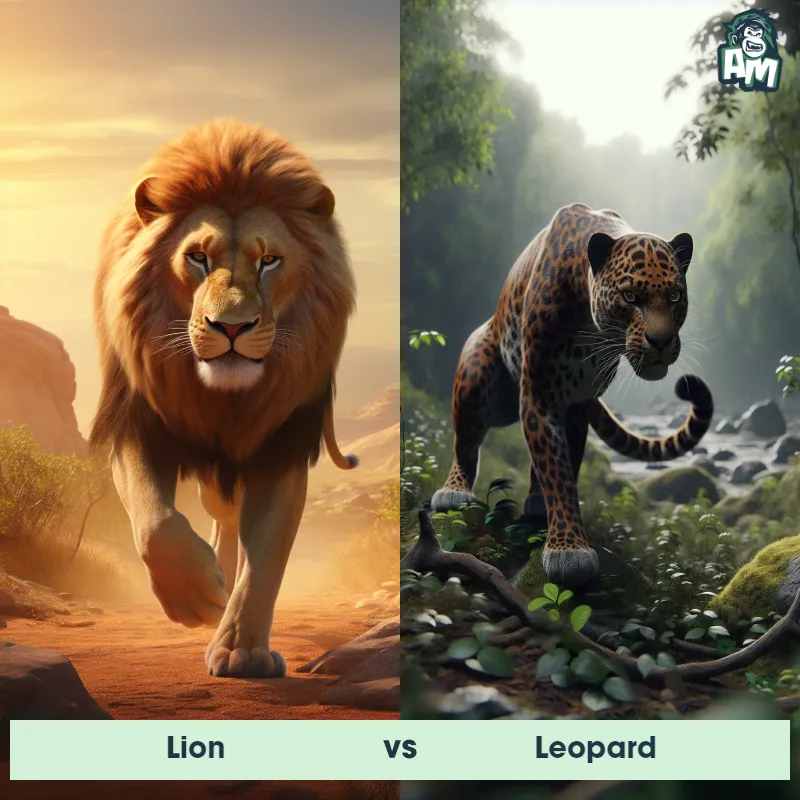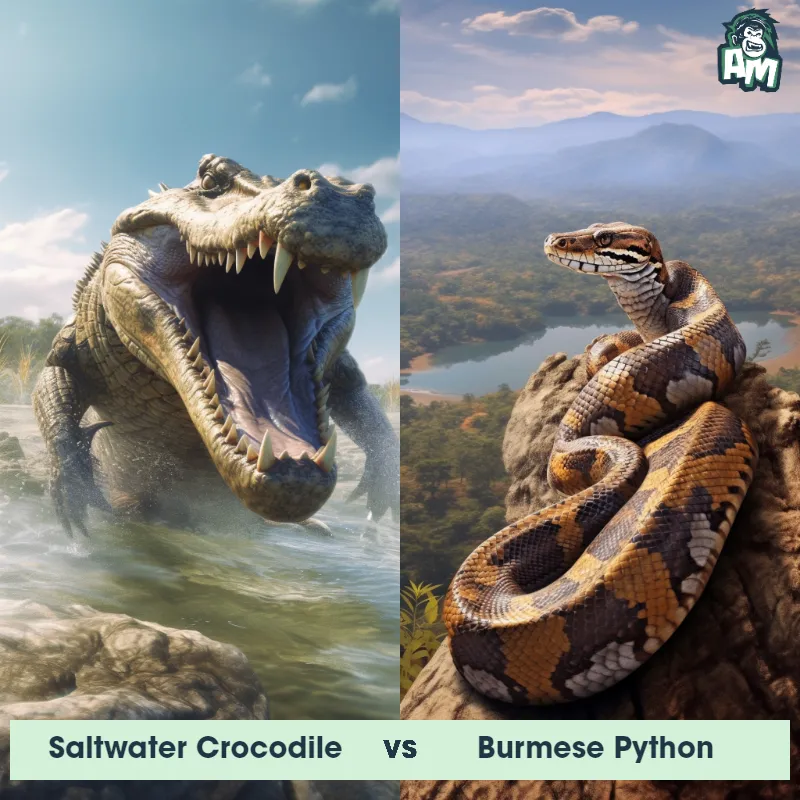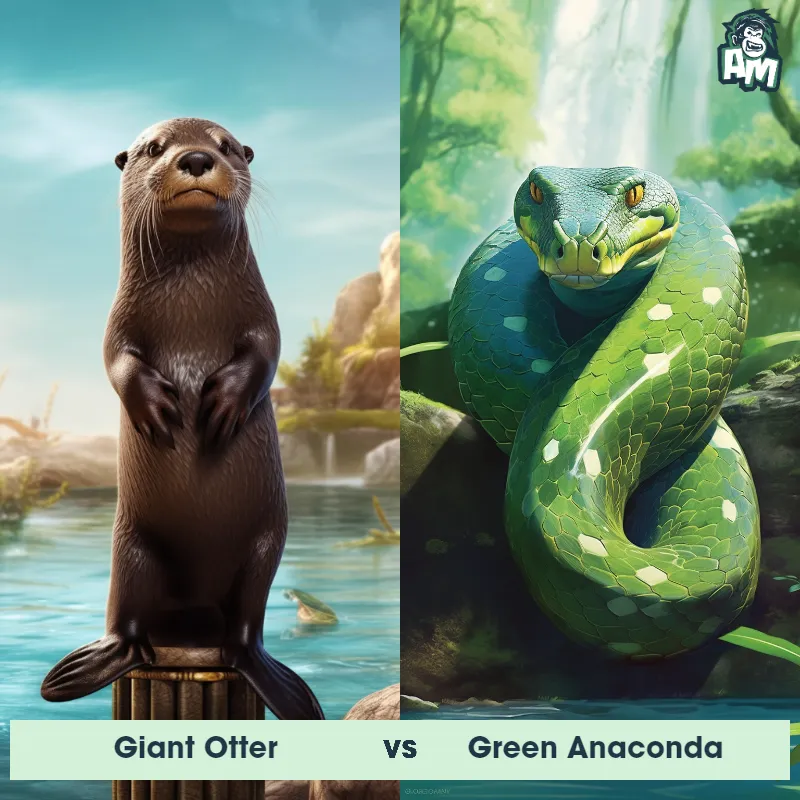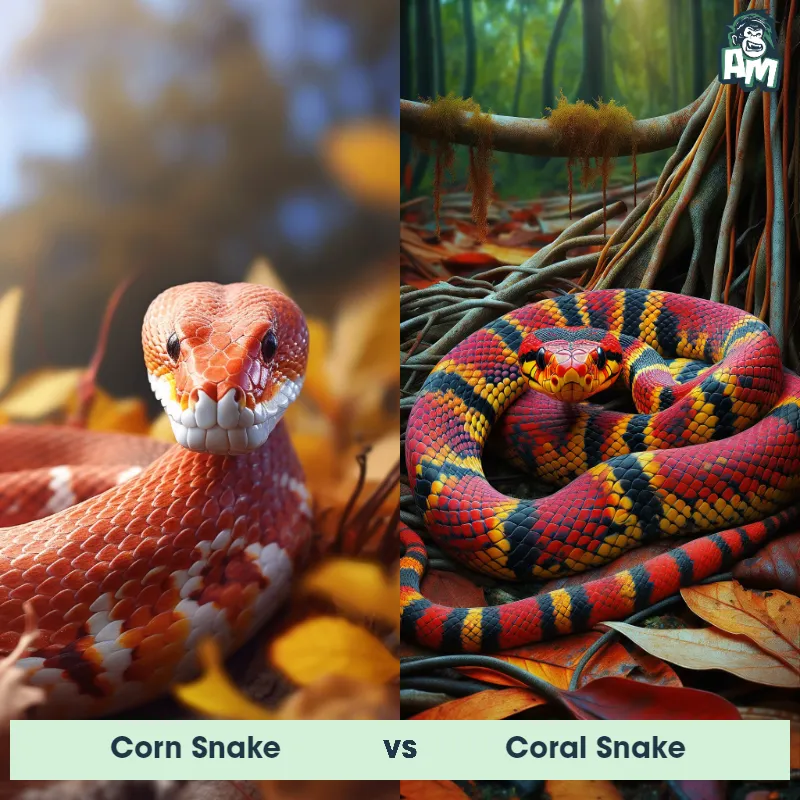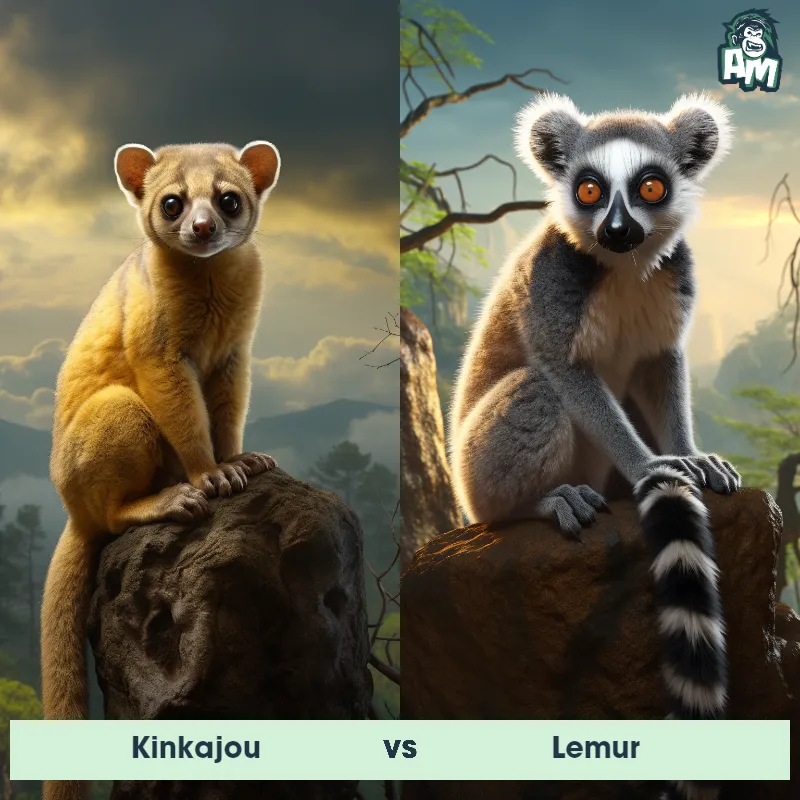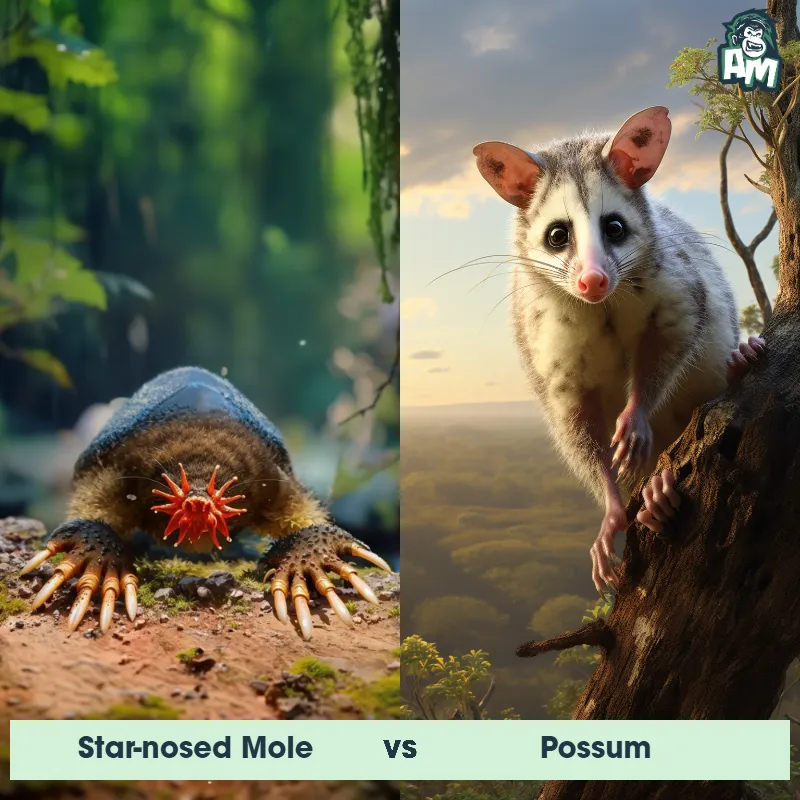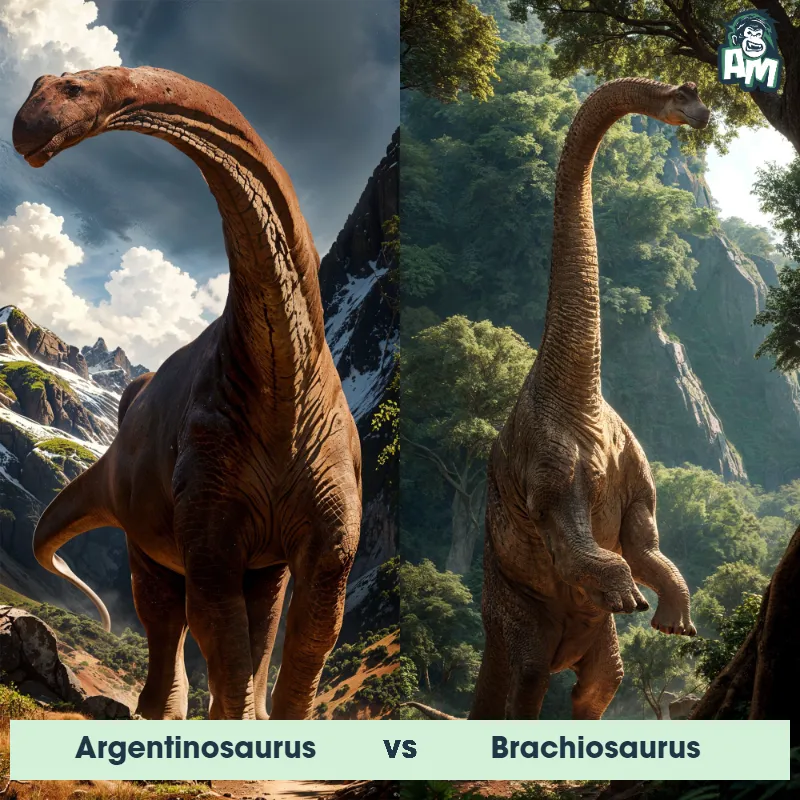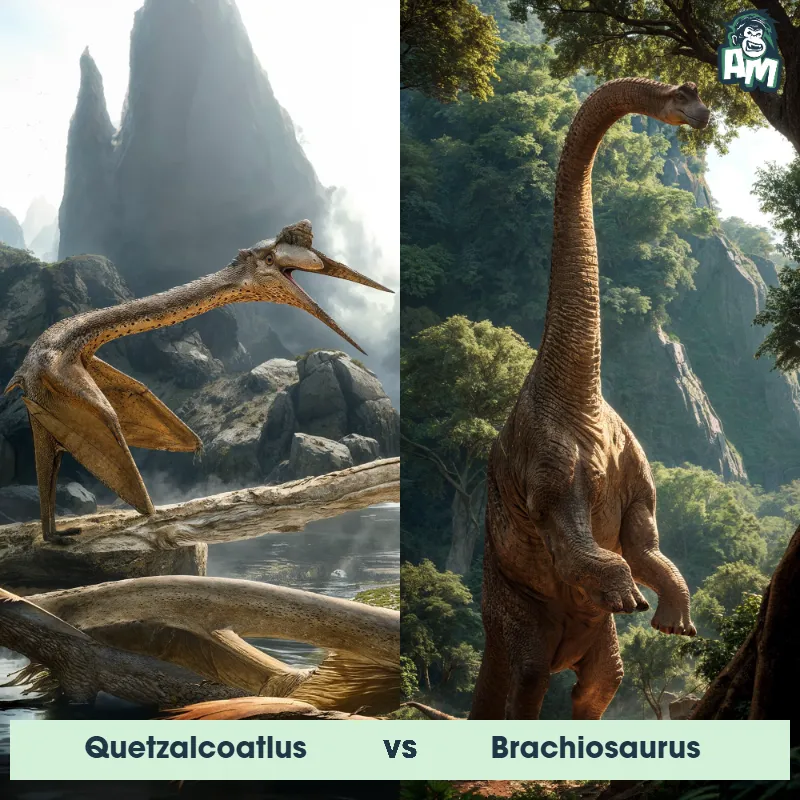Plesiosaurus vs BrachiosaurusSee Who Wins
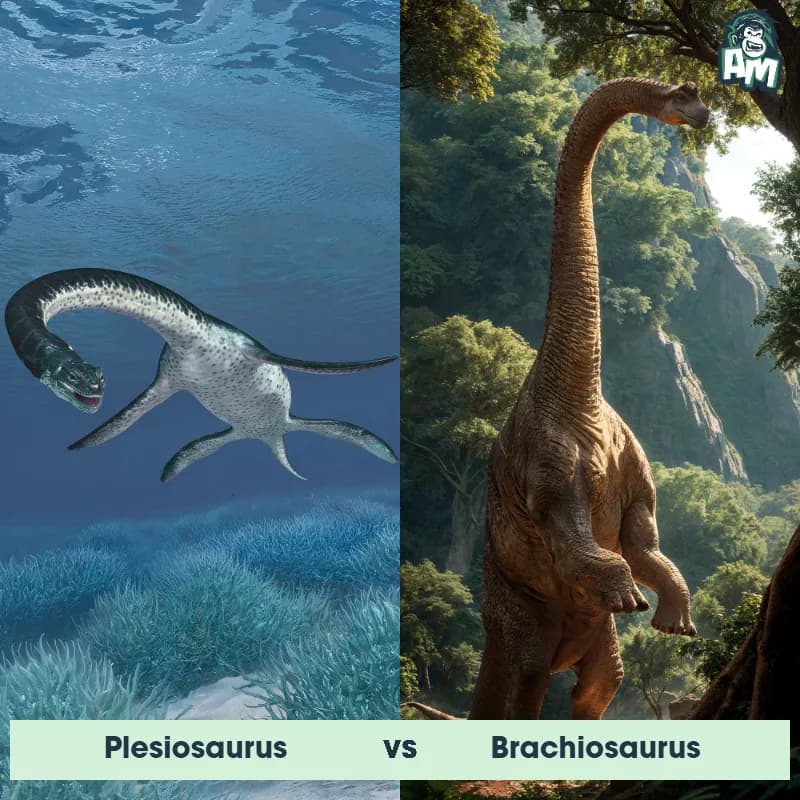
In the prehistoric arena today, two titans face off: the aquatic Plesiosaurus and the towering land giant Brachiosaurus. Get ready for a clash of incredible size and power!
Contender 1: Plesiosaurus
The Plesiosaurus, a marine reptile from the Mesozoic era, had a long neck with a small head, a sleek body, and four paddle-like limbs, allowing it to swim gracefully through the water. It reached lengths of up to 23 feet and was a powerful predator of fish and other small marine creatures.
Fun Fact: Despite popular depictions in movies and books, the Plesiosaurus did not actually swim with its neck arched above the water in the Loch Ness Monster-like fashion, but rather moved its neck from side to side under the water while hunting.
Contender 2: Brachiosaurus
The Brachiosaurus, known for its long neck and high shoulders, was a herbivorous dinosaur that roamed the Earth during the Late Jurassic period. It had a small head compared to its massive body, long tail, and front legs longer than its hind legs. This giant plant-eater could grow up to 85 feet long and weigh as much as 50 tons.
Fun Fact: Brachiosaurus had nostrils on the top of its head, indicating that it likely spent much of its time underwater, similar to a snorkel, while feeding on aquatic plants.
Matchup Stats
| Plesiosaurus | Brachiosaurus | |
|---|---|---|
| Size | Up to 23 feet (7 meters) | Up to 85 feet long (25.9 meters) |
| Weight | Up to 2,000 pounds (900 kilograms) | Up to 50 tons (45,359 kilograms) |
| Speed | 5 - 10 mph (8 - 16 km/h) | 12-14 mph (19-23 km/h) |
| Key Strength | Speed in water | Long neck for intimidation |
| Biggest Weakness | Mobility on land | Vulnerable hind legs |
Current Votes
Plesiosaurus vs Brachiosaurus
See Who Wins
View More Matches
Looking For More?
Similar Matches
Scientific Stats
| Plesiosaurus | Brachiosaurus | |
|---|---|---|
| Scientific Name | Plesiosaurus | Brachiosaurus |
| Family | Plesiosauridae | Brachiosauridae |
| Habitat | Marine | Land |
| Geography | Worldwide | North America, Africa |
| Diet | Fish and small marine creatures | Herbivorous |
| Lifespan | 25 years - 30 years | 20 years - 30 years |
Key Differences between Plesiosaurus and Brachiosaurus
- Body Shape: Plesiosaurus had a long, slender body with four large flippers, while Brachiosaurus had a massive, pillar-like body with stout legs.
- Habitat: Plesiosaurus lived in marine environments and thus had a body adapted for swimming, while Brachiosaurus was a terrestrial dinosaur adapted to a life on land.
- Neck Length: Plesiosaurus had an elongated neck which was often as long as its body, whereas Brachiosaurus had a proportionally shorter neck relative to its body size.
- Forelimbs: Plesiosaurus had limbs that evolved into broad, flat flippers for swimming, while Brachiosaurus had elongated forelimbs that were longer than its hind limbs, giving a distinct sloping back.
- Head: Plesiosaurus possessed a small, streamlined head with sharp teeth, while Brachiosaurus had a larger, more box-like head with spoon-shaped teeth.
- Tail: Plesiosaurus had a relatively short tail, whereas Brachiosaurus had a much longer, more substantial tail used for balance.



